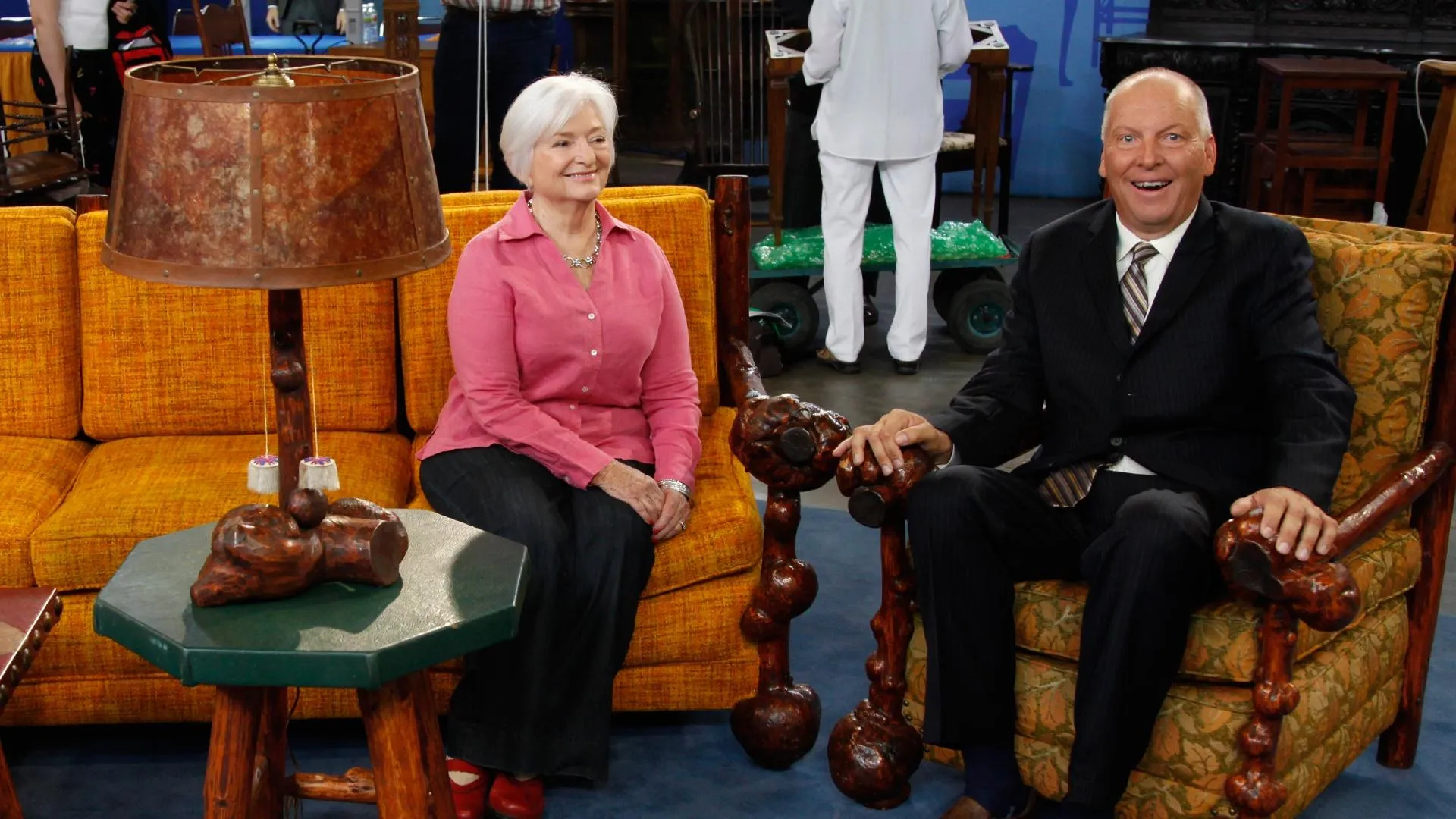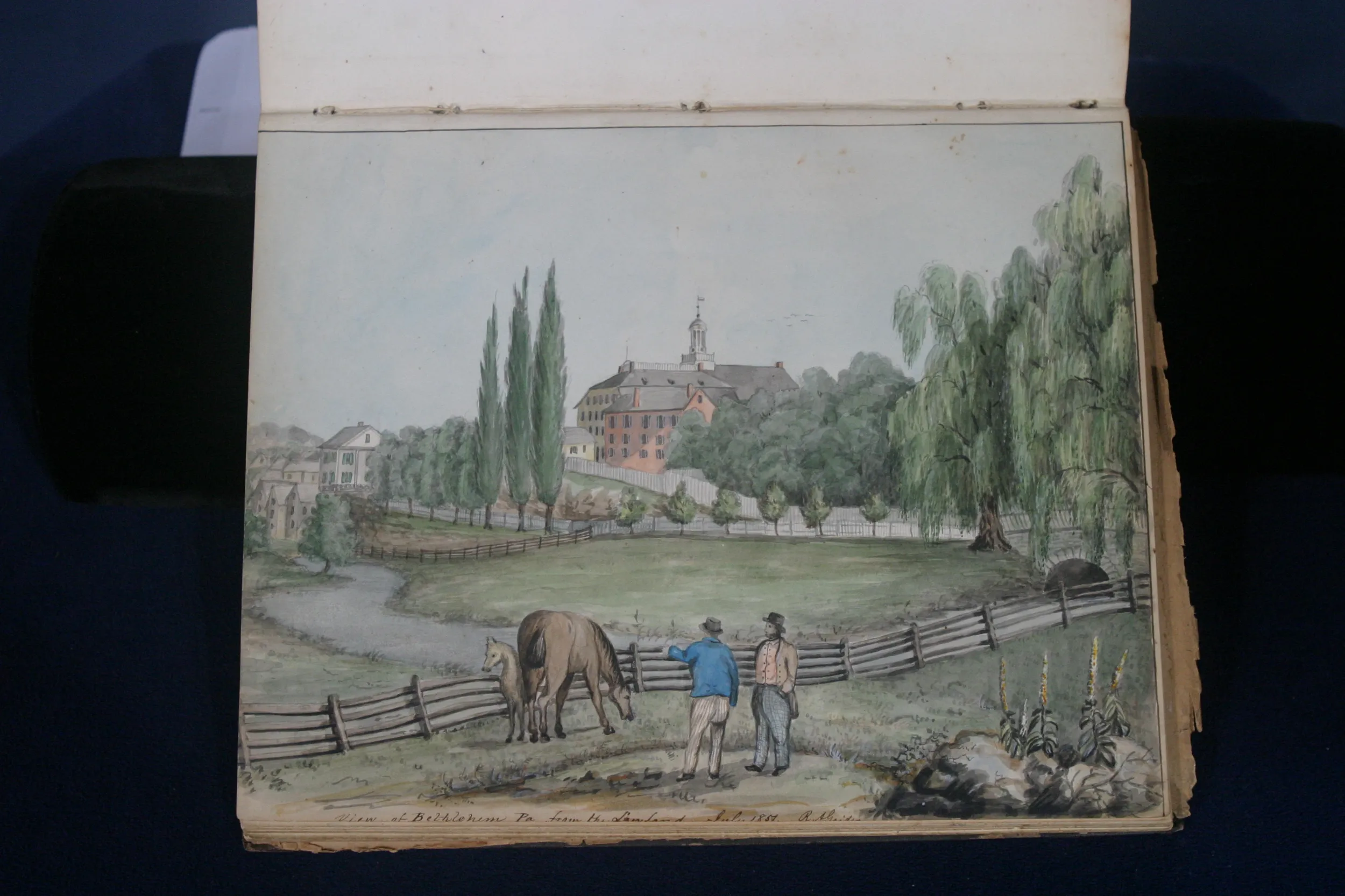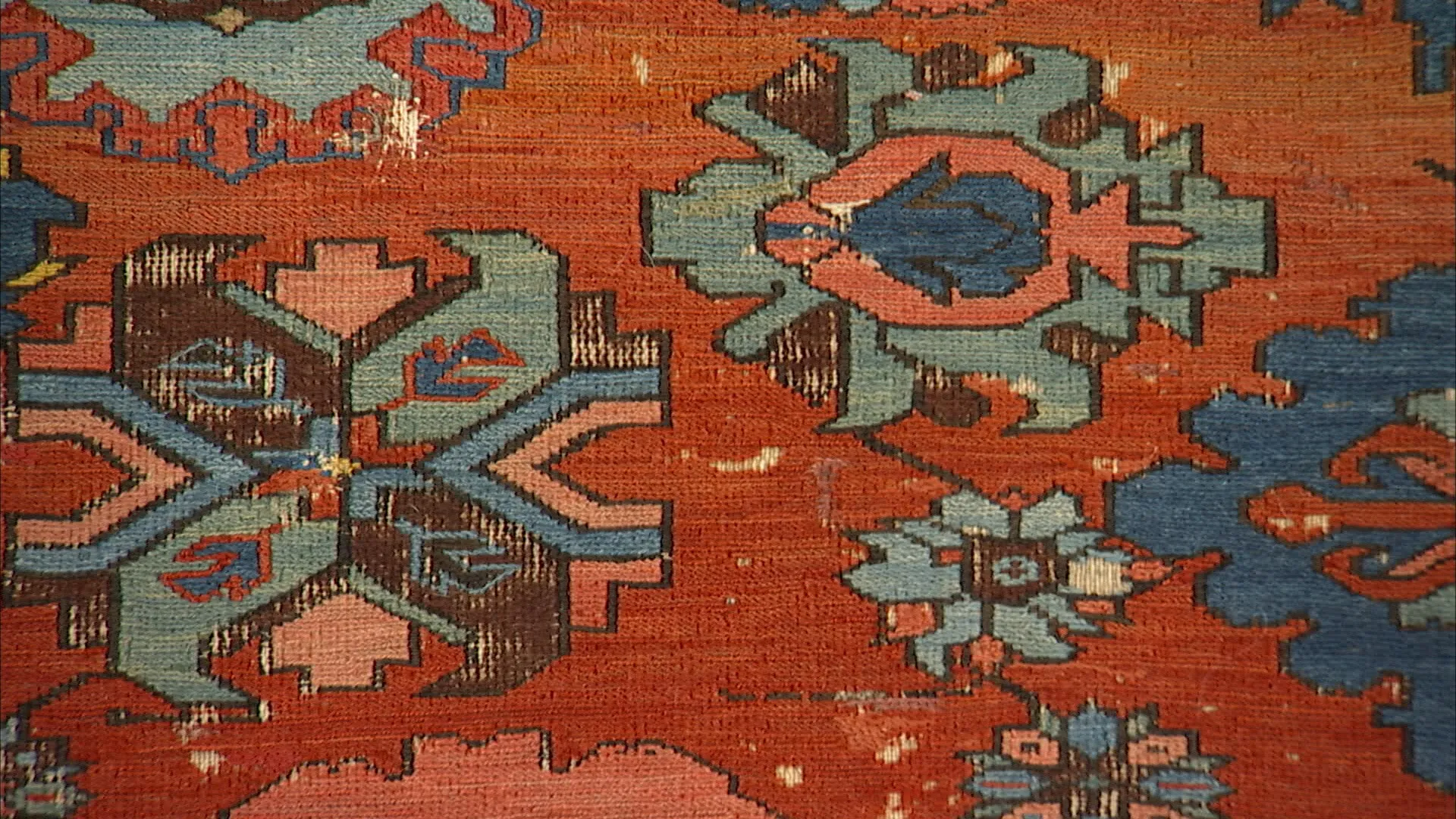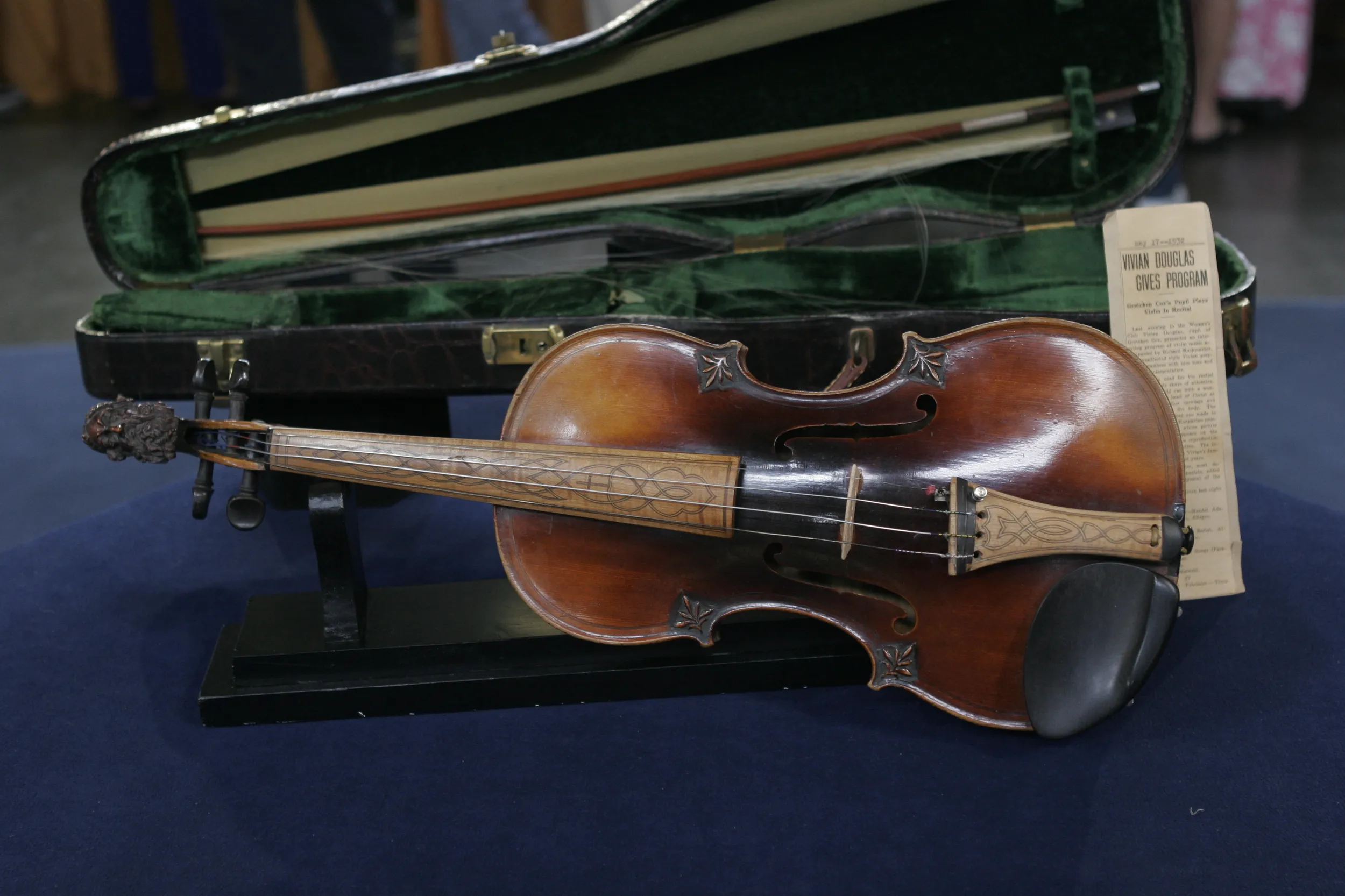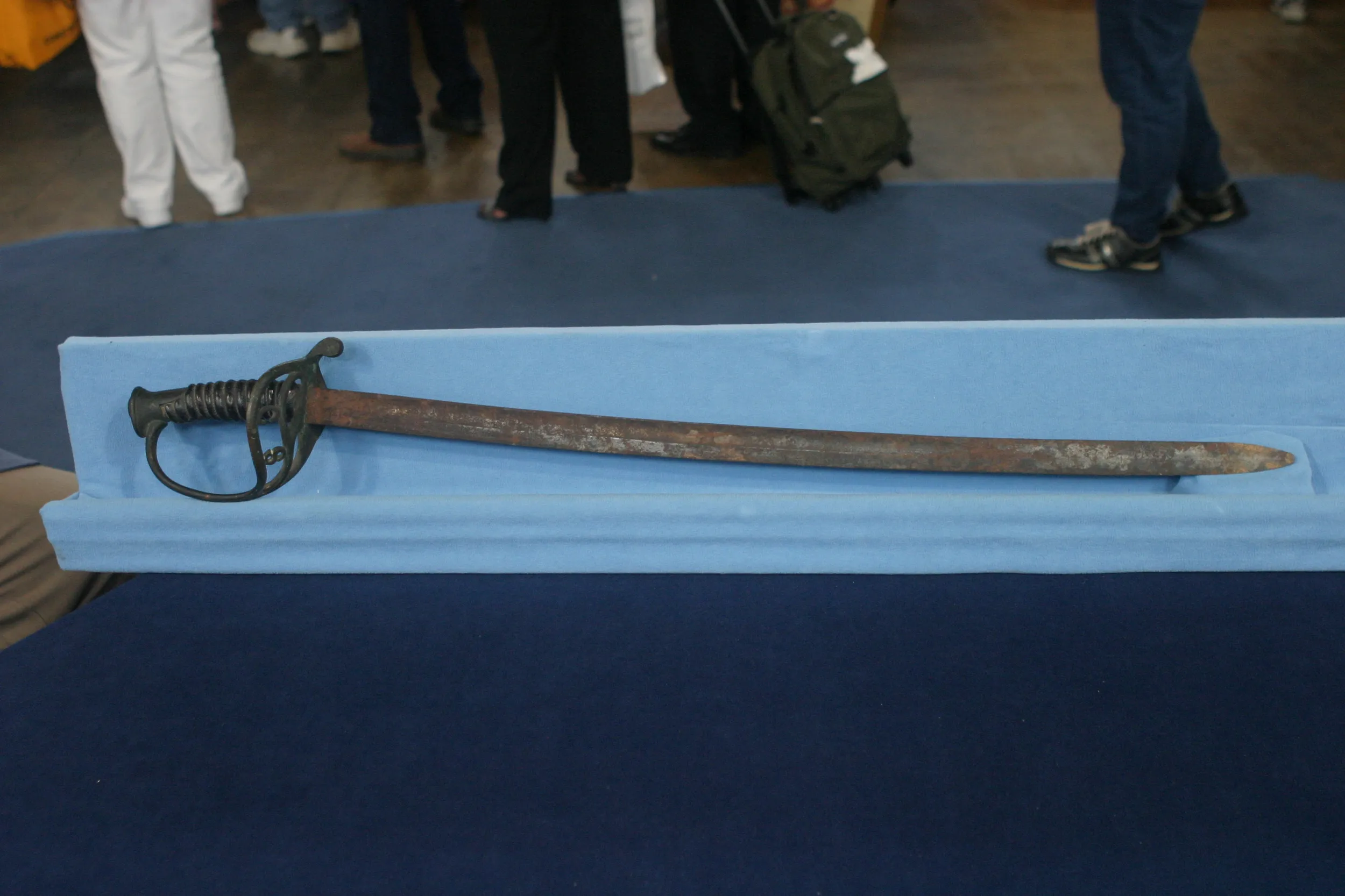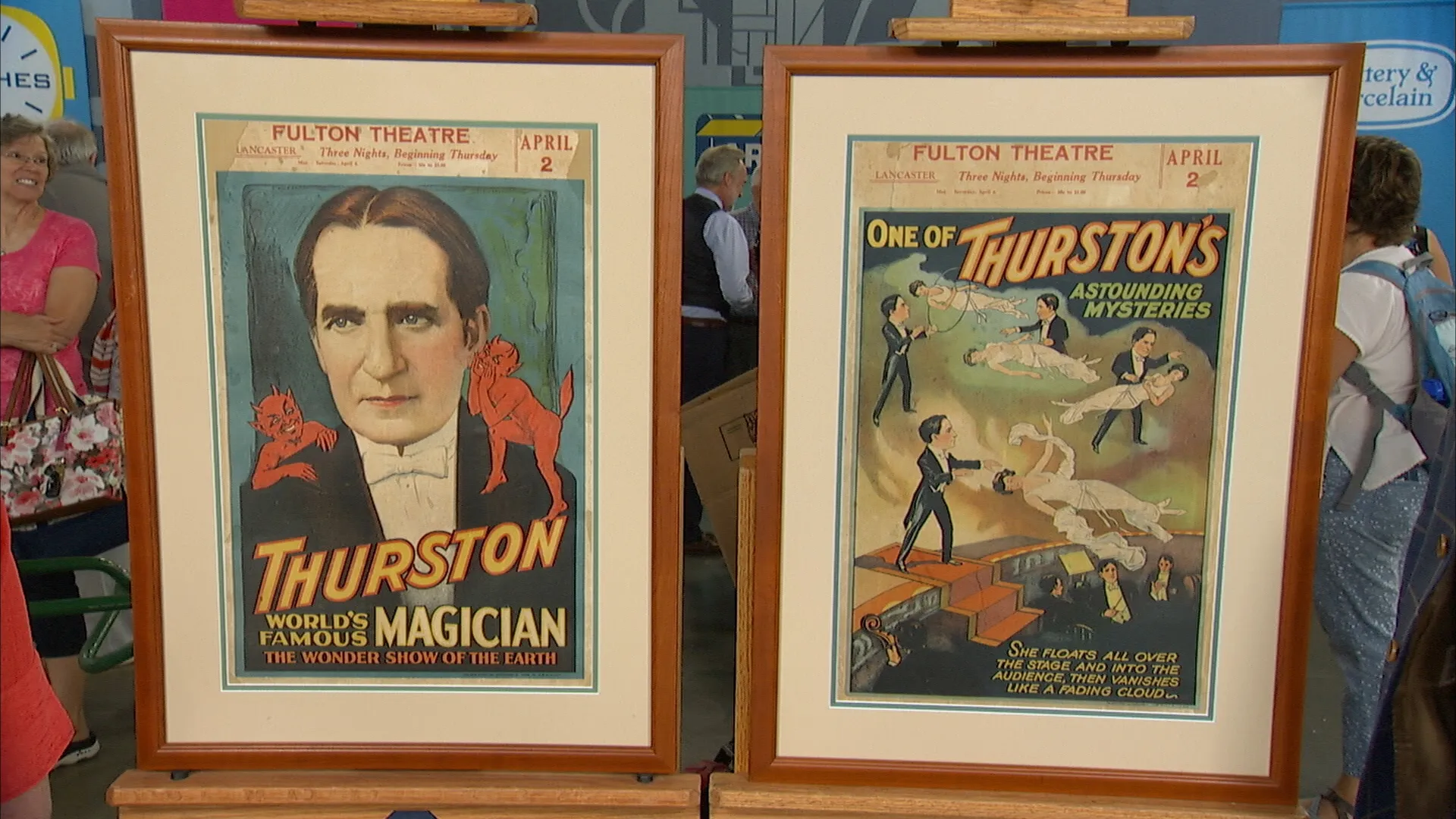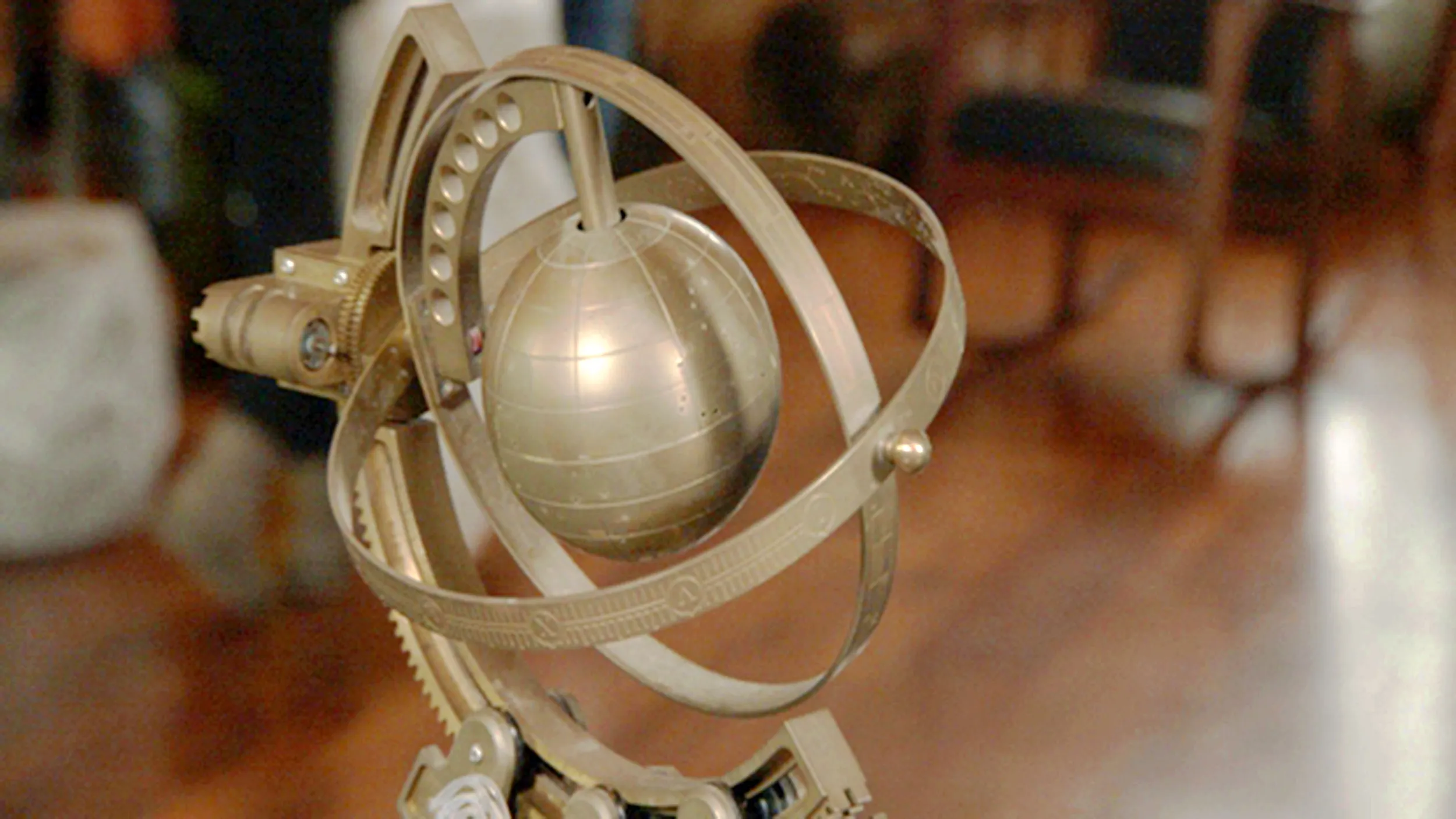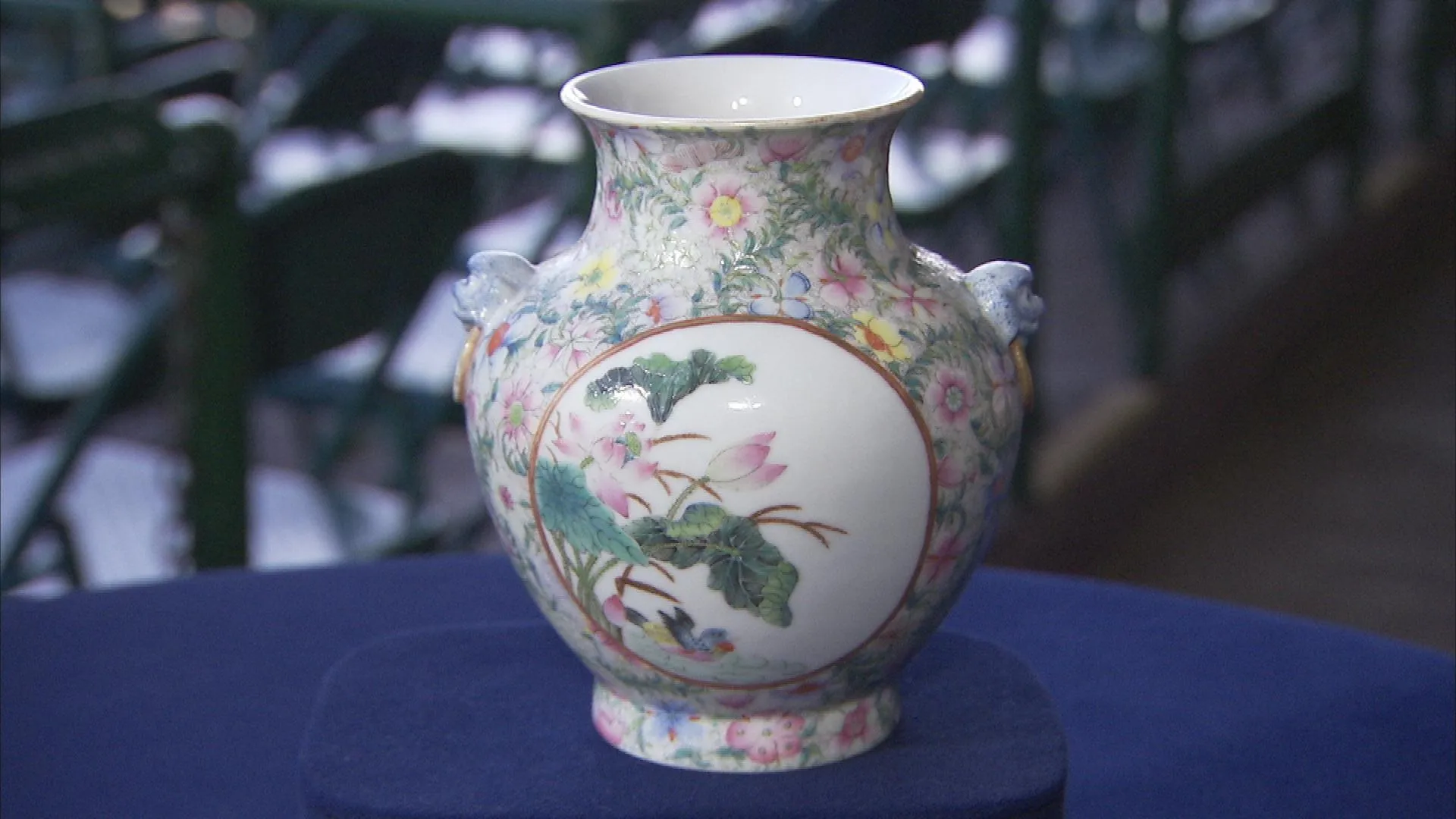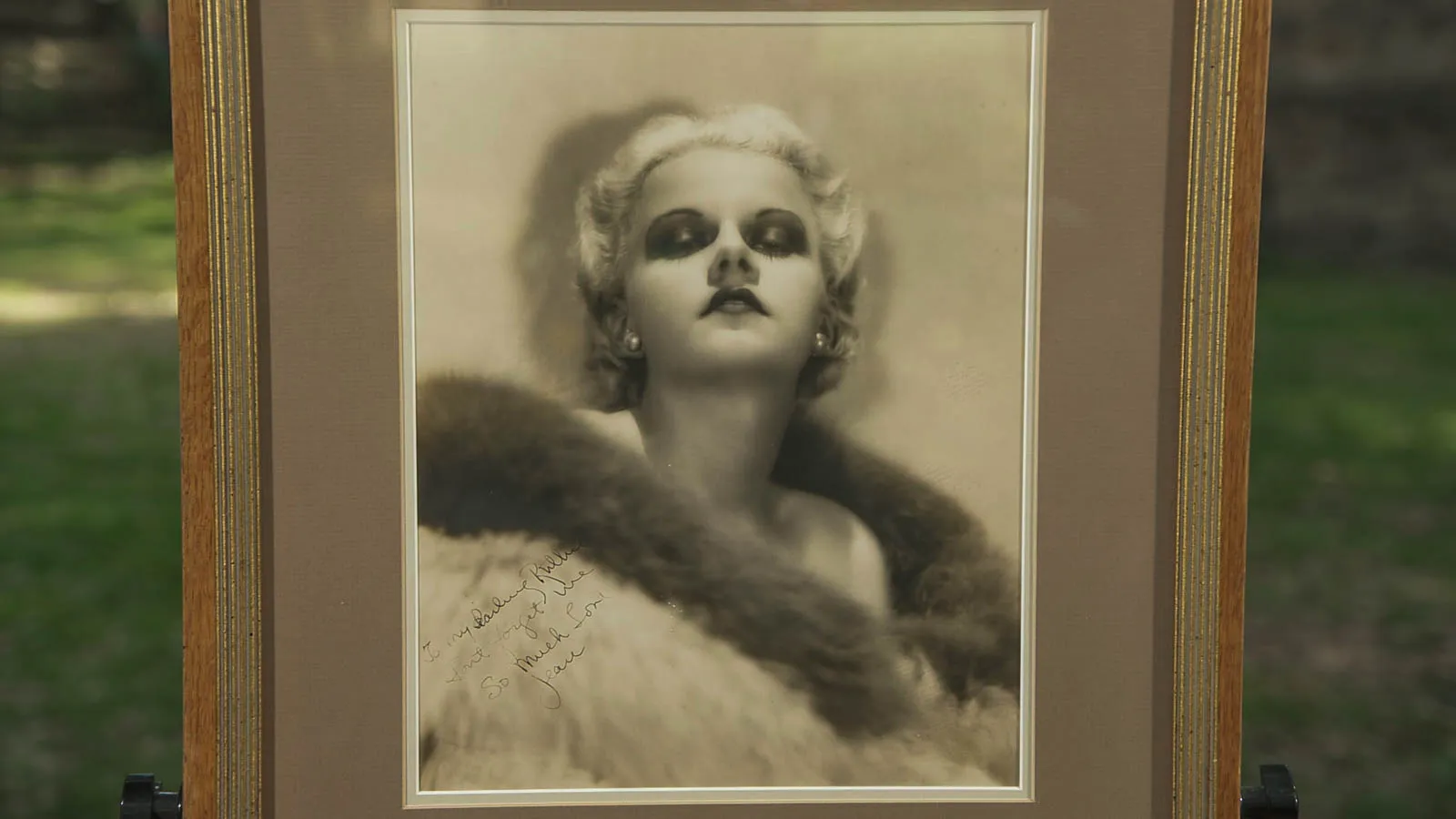GUEST: This is what has been known in our family as the Tiffany pitcher. It was presented to my great-great-grandfather back in the 1850s. At the time, he was a mate on a riverboat called the Nominee. They had a charter boat from New York, citizens on the boat. One of the children fell overboard, and my great-great-grandfather jumped in and saved him. The passengers then created a reward for him, which he refused to take. When they got back to New York, they took the money and went to Tiffany's and had this pitcher cast for him.
APPRAISER: All of that is so well documented. It's one of the more interesting pieces of presentation silver I've ever seen. Most of the pieces of silver like this that we see are given for awards for sports events, retirement things, marriages. But for saving someone's life, this is a pretty amazing sort of trophy. I've never seen one quite like this. There's this wonderful repoussè chased scene of the captain retrieving the boy from the water, right here on the front. With the Victorian sense of death and so many children dying, this was quite a romantic idea to be depicted on a piece of silver at the time. Also very interesting, you have the steamboat on the other side, and the name of the steamboat, the Nominee, is engraved on the wheel. So this is quite interesting to people who collect rare silver, especially American silver and early American silver, Tiffany silver being a very prominent maker in the 1850s, and continuing today. But also, people would be interested in this who collect things related to the river and steamboats. And then on the front here you've got the wonderful story that gives the date and the little boy's name that he saved, and where he was from in New York. It was sold by Tiffany and made by Tiffany. But at the time that Tiffany was making silver in the 1850s, their business was expanding and growing, and they were actually using a lot of different silversmiths and then putting their own mark in conjunction with the silver maker's marks. However, we're not going to be able to see how it's exactly marked, because if you look at the foot, it's a little bit bent here. And if we turn it over, where the mark would be has been obscured by lead. Not that that's going to make a huge difference in determining the value, because pieces that were made by other people for Tiffany in the 1850s are just as valuable as those that are made exclusively by Tiffany. One thing that we're comfortable about is your claim that it is actually by Tiffany, because it is so well documented in this book, along with the photograph. I would estimate it for auction probably in the $4,000 to $5,000 range. I think to have the lead removed, to have a good hand polish on the silver. Don't let them buff it by any means, but have a good hand polish. And to have the dents raised up out of the base would cost less than $500. And I would push that estimate up to about $5,000 to $7,000, perhaps even as much as $8,000.
GUEST: Wonderful. Thank you.

